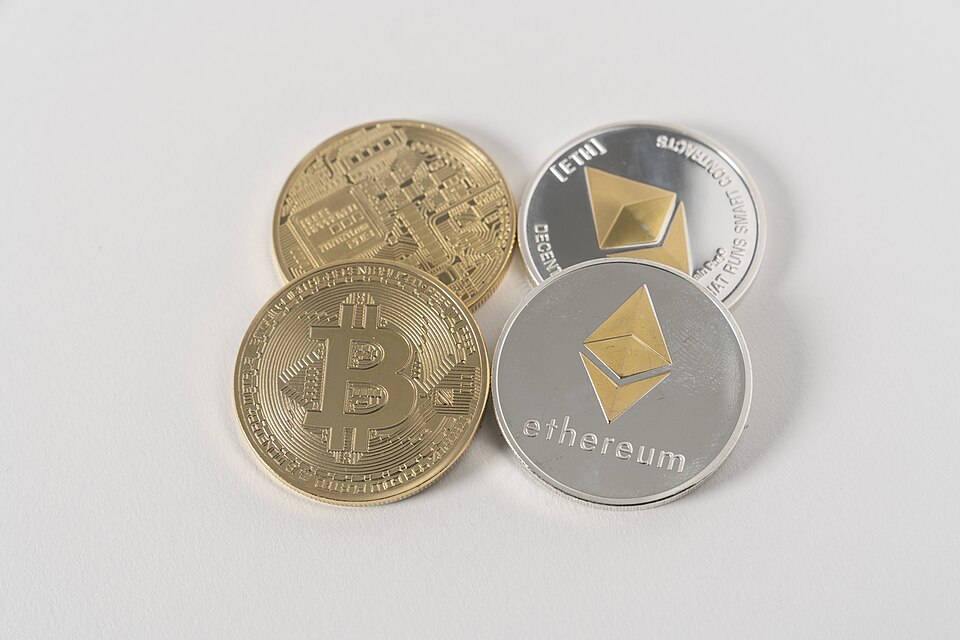Ethereum Aims for $4,000: Key Risks and Market Dynamics Explained

Ethereum (ETH), the second-largest cryptocurrency by market capitalization, is currently experiencing a resurgence of bullish sentiment as it approaches the pivotal $4,000 mark. This resurgence is rooted in a recent breakout, yet the path forward is laden with significant risks that could impede its momentum.
As of July 20, 2025, Ethereum's price has shown promising signs of recovery after breaking above a descending resistance trend, according to Captain Faibik, a cryptocurrency analyst. Faibik projects that a sustained push above the current resistance level of $3,500 could lead to further price gains. However, he cautions that local selling pressures and buying strength will play crucial roles in determining whether Ethereum can maintain its upward trajectory.
Institutional involvement has notably increased, exemplified by SharpLink Gaming's aggressive accumulation of Ethereum. The company recently purchased 4,904 ETH for approximately $17.45 million, bringing its total holdings to 157,140 ETH, valued at around $493 million. This consistent buying activity signals strong institutional confidence in Ethereum’s long-term potential, as noted by SharpLink's executives (source: SharpLink Gaming, July 2025).
Despite these positive indicators, Ethereum faces challenges that could threaten its rally. Recent data from Santiment indicates a sharp decline in on-chain activity, with transaction counts dropping to 522,000 and network growth plummeting to 49,600 by July 19, 2025, the lowest levels seen in over six months. This decline raises concerns about the sustainability of the current price rally. Experts assert that although price movements may appear robust, a lack of new demand and user engagement could undermine Ethereum's long-term gains (source: Santiment, July 2025).
Furthermore, the potential for liquidation risks looms large as Binance's liquidation heatmap reveals clusters of over $46.65 million in leveraged positions concentrated between $3,800 and $4,000. If ETH prices rally too quickly into this zone, it could trigger a cascade of liquidations, reversing momentum and impacting the market adversely. Conversely, if buyers can stabilize prices above $3,800, this zone could act as a launching pad for a breakout (source: CoinGlass, July 2025).
The dynamics of short-term holders also present a risk. The Realized Cap HODL Waves data shows a surge among short-term holders, who tend to react quickly to market volatility, often exiting positions for quick gains. While their activity can initially drive prices higher, it may also amplify downside risks during critical resistance tests (source: Santiment, July 2025).
In summary, while Ethereum's recent price movements and institutional interest suggest a positive outlook towards the $4,000 mark, significant risks—including declining on-chain activity, potential liquidation pressures, and the behavior of short-term holders—pose challenges that could affect its ability to sustain gains. Analysts believe that Ethereum must not only maintain its price momentum but also work on increasing user growth to secure a more stable advance beyond the psychological $4,000 barrier. The coming weeks will be crucial in determining whether ETH can overcome these obstacles and establish a more robust market position.
In light of these developments, stakeholders in the Ethereum ecosystem are advised to remain vigilant, monitoring both market trends and user engagement metrics as they navigate this volatile landscape.
Advertisement
Tags
Advertisement





